- EasyCard
- Trade
- Help
- Announcement
- Academy
- SWIFT Code
- Iban Number
- Referral
- Customer Service
- Blog
- Creator
2025 Stablecoin USDT International Payment: Latest Tutorial Is Here
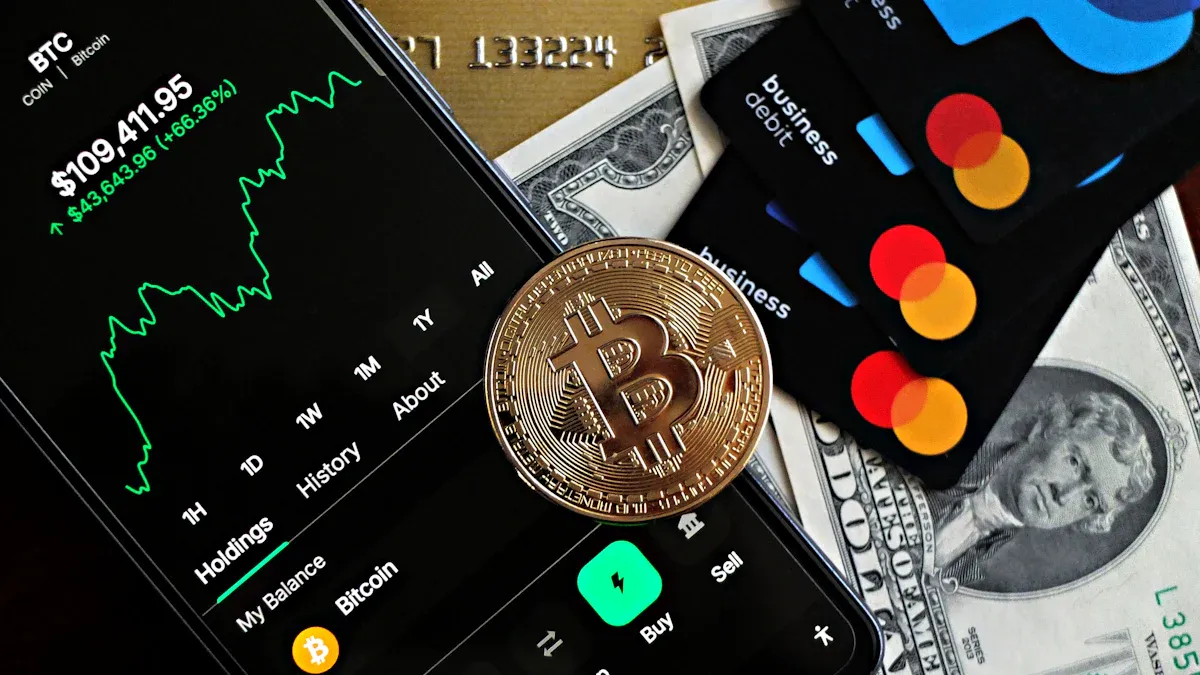
Image Source: pexels
The core process of stablecoin USDT international payment can be simplified into three steps: fiat deposit, on-chain transfer, recipient withdrawal. This tutorial will focus on “security” and “compliance” at every step.
According to Visa data, the real stablecoin payment transaction volume in 2024 is expected to reach an astonishing 5.7 trillion USD.
However, what traps might be hidden behind a seemingly simple transfer that could cause you to lose everything? This tutorial is written specifically for you (individuals, freelancers, or small business owners) who need international receipts and payments, aiming to help you establish correct secure operation concepts.
Core Points
- Choose major platforms like Binance or OKX; they provide security guarantees.
- Protect your crypto wallet well, especially the seed phrase; never share it with anyone.
- When transferring USDT, carefully verify the recipient address and network; conduct small test transfers first.
- After receiving USDT, sell through C2C platforms and only choose certified merchants.
- Beware of address poisoning and fake tools to avoid contact with “black USDT” and protect fund security.
Basic Preparation: Build a Secure Payment Environment
Before starting any transaction, you need to build a solid “fortress” to protect your assets. This includes choosing the right tools and developing good security habits. A secure payment environment is the cornerstone of successfully completing stablecoin USDT international payments.
Choose Compliant Crypto Assets and Platforms
Your first step is to choose a reliable trading platform. Binance and OKX are globally leading exchanges that provide strong security measures, such as two-factor authentication and withdrawal email confirmation, offering you basic protection.
Although USDT dominates the market, understanding other compliant stablecoins is also important. For example, FDUSD is an option, but you need to note its huge market size difference from USDT.
| Stablecoin | Market Cap (Approximate) |
|---|---|
| USDT | $118 billion |
| FDUSD | $450 million |
Security Tip: You should regularly monitor reserve reports from stablecoin issuers (such as Tether). Tether now releases attestation reports executed by BDO accounting firm quarterly. As of early 2025, its reserves include over $120 billion in US Treasuries and approximately $12.9 billion in gold, enhancing its transparency and risk resistance.
Set Up and Protect Your Crypto Wallet
Your crypto wallet is where digital assets are stored, and protecting it is crucial. Whether a software wallet or hardware wallet, you must be vigilant against common security threats:
- Phishing: Scammers create fake websites or emails to trick you into entering private keys or seed phrases.
- Malware: Viruses may infect your device, stealing keystrokes or tampering with your recipient addresses.
- Social Engineering: Scammers may impersonate customer service and trick you into revealing sensitive information via chat.
The core of wallet protection is properly safeguarding your “seed phrase.” Remember:
- Physical Backup: Write down the seed phrase with pen and paper and store it in a fireproof and waterproof safe.
- Offline Storage: Never store the seed phrase digitally in screenshots, text, etc., on internet-connected computers or phones.
- Never Share: Anyone or platform asking for your seed phrase is a scam.
Configure Flexible Withdrawal Tools
After receiving USDT, you need to exchange it into fiat currency for daily use. You have multiple options:
- C2C Trading: You can directly sell USDT to individual merchants on Binance and other platforms’ C2C markets. As a buyer, it’s usually free, but as a seller, there may be small fees.
- Cryptocurrency Cards: Cards like the U card issued by Biyapay or Crypto.com allow you to directly spend crypto assets on the card or withdraw cash at ATMs. For example, some cards offer a monthly free ATM withdrawal limit of about $300 USD (original data S$400), with a 2% fee for exceeding.
- Wire Withdrawal: Some platforms support converting crypto assets to USD and then wiring to your named bank account, such as a licensed bank account you hold in Hong Kong.
Stablecoin USDT International Payment: Full Practical Process
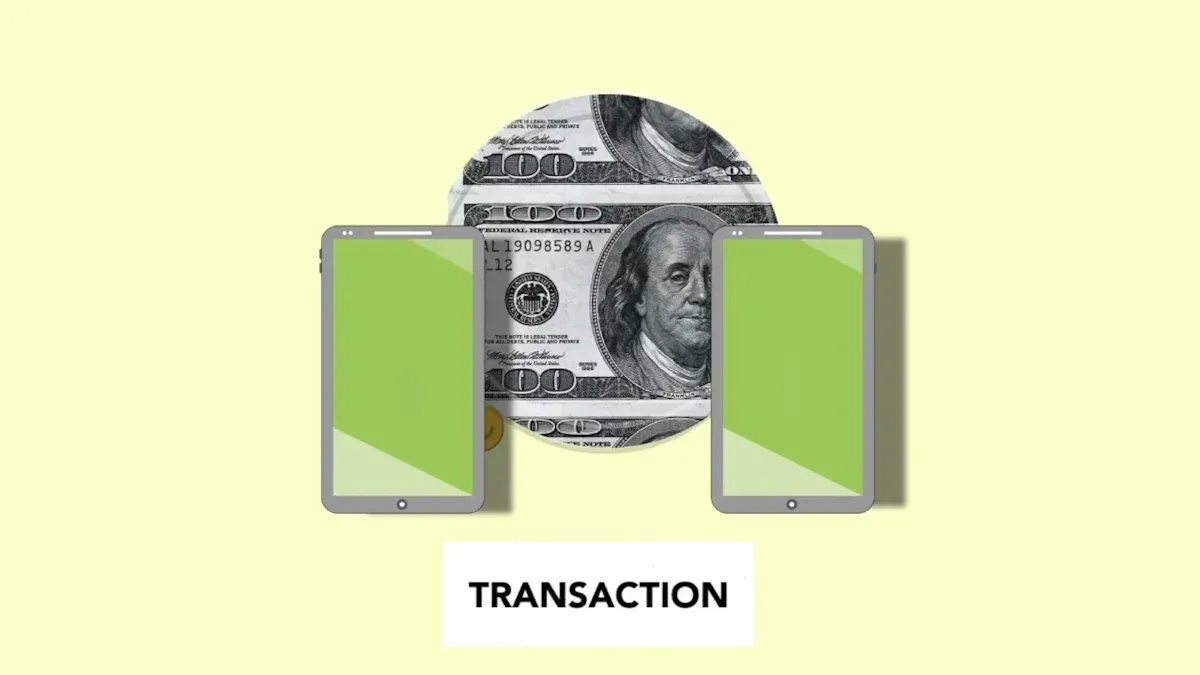
Image Source: pexels
After completing basic preparation, you enter the actual operation phase. This process will take you from purchasing USDT to successfully transferring funds to the recipient, and finally guide the recipient on how to safely exchange USDT for fiat currency. We will use payment tools like Biyapay as examples to show key points at every step.
Step One: Safely Purchase USDT
Purchasing USDT is your first step in stablecoin USDT international payment. This process is usually completed on large compliant exchanges (such as Binance or OKX you chose in the previous section).
You can follow this standard process to safely acquire USDT:
- Create and Verify Account: Register on the selected exchange. You need to provide personal information and complete identity verification (KYC), which usually requires uploading identity documents. Compliant KYC is the first line of defense for platforms to protect you and themselves from illegal activities.
- Fund Your Account: Deposit fiat like USD or EUR into your exchange account via bank transfer or credit/debit card. Note that different payment methods may incur handling fees.
- Purchase USDT: Enter the exchange’s “Buy Coins” or “Trade” section and find the USDT trading pair (e.g., USDT/USD). Enter the amount you wish to purchase and confirm the transaction. You can choose to execute immediately at the current market price (market order) or set a desired price to wait for execution (limit order).
- Protect Your USDT: After successful purchase, USDT appears in your exchange account. For higher security, consider transferring them to a wallet you personally control.
Important Tip: The entire purchase process should always be conducted within the official platform APP or website. Be wary of any behavior guiding you to third-party sites or private transactions via social software; these are usually scams.
Step Two: Execute On-Chain Transfer
After purchasing USDT, the next step is to send it to your recipient. This is the core link of stablecoin USDT international payment, where operational accuracy directly relates to fund security.
1. Choose the Correct Transfer Network
USDT exists on multiple blockchain networks, most commonly TRC-20, ERC-20, and BEP-20. They differ greatly in speed and fees; choosing the right network can save costs.
| Network | Average Transaction Fee (USD) | Transaction Speed | Applicable Scenarios |
|---|---|---|---|
| TRC-20 (Tron) | About $1.8 - $3.77 | Fast, usually seconds to minutes | Small, high-frequency payments |
| ERC-20 (Ethereum) | About $0.0289 | Slower, may take minutes | Wide ecosystem applications, but fees fluctuate |
| BEP-20 (BNB Chain) | About $0.003 | Fast | Transfers within Binance ecosystem |
Fee Update: The TRC-20 network underwent a fee structure adjustment in 2025. Now, transferring to an address with a small amount of USDT costs about half as much as to an empty address. For example, transfer fees may drop from about 27 TRX to about 13 TRX.
2. Verify and Confirm Recipient Address
This is the most error-prone and fatal step in the entire process. Once sent wrong, funds are permanently lost.
Golden Rules for Secure Transfers:
- Repeatedly Confirm Network: You must confirm with the recipient that you choose the same network (e.g., both TRC-20).
TRC-20addresses usually start withT,ERC-20addresses with0x.- Multi-Channel Address Verification: Do not rely solely on addresses sent via chat software. For large transfers, best reconfirm address accuracy via video or phone.
- Conduct Small Test Transfer: Before transferring large funds, send a small amount (e.g., $5 USDT) to test. After the recipient confirms receipt without issues, proceed with the full transfer.
3. Execute Transfer and Track
Using crypto payment apps like Biyapay as an example, the transfer operation is very intuitive:
- Obtain the USDT recipient address and corresponding network type from the recipient.
- In the Biyapay app, select the “Transfer” function.
- Paste the recipient address and select the correct network matching the address (e.g., TRC-20).
- Enter the transfer amount; the system displays estimated miner fee (Gas Fee).
- After confirming all information is correct, enter payment password or perform biometric verification to authorize the transaction.
After the transaction is broadcast, you receive a transaction ID (TXID). You can use this ID to track transaction status on the corresponding blockchain explorer (such as Tronscan for TRC-20). This is like a public tracking number; both you and the recipient can check if funds have arrived, fully transparent.
Step Three: Recipient Safe Withdrawal
When your partner or employee receives USDT, they need to exchange this digital asset for local fiat currency, a process called “withdrawal.” The most mainstream method is through the exchange’s C2C (Customer-to-Customer) platform.
1. Choose Reliable C2C Merchants
On Binance or OKX and other platforms’ C2C markets, the recipient can directly sell USDT to certified merchants. Choosing a good merchant is crucial.
Merchant Selection Standard Checklist:
- ✅ Certified Merchants: Look for platform-certified merchants, usually with a yellow “V” or shield mark.
- ✅ High Order Volume: Choose merchants who have completed a large number of orders in the past 30 days.
- ✅ High Completion Rate: Prioritize merchants with order completion rates close to 100%.
2. Follow Secure C2C Trading Protocol
C2C trading is a high-incidence area for scams. As the seller, the recipient must strictly follow the following security guidelines to ensure funds arrive before releasing USDT.
Seller Security Red Lines:
- Verify Actual Arrival: Absolutely do not assume receipt just based on payment screenshots or SMS notifications from the buyer. You must personally log into your bank account (e.g., your licensed bank account in Hong Kong) to confirm funds have arrived and the amount is correct.
- Beware of Urging Behavior: If the buyer constantly urges you to release USDT quickly, this is a danger signal. Stay calm and take time to carefully verify.
- Communicate Within Platform: Always use the C2C platform’s internal chat tool for communication. Do not switch to external apps like WhatsApp or Telegram to retain evidence for transaction disputes.
- Use Escrow Service: The platform temporarily locks your USDT (escrow service); only after you confirm receipt and click “Confirm Payment,” the platform releases USDT to the buyer. This is your basic security guarantee.
In addition to C2C, the recipient can also use cryptocurrency cards (such as the U card mentioned earlier) to directly withdraw cash at supported ATMs. Daily withdrawal limits for such cards are usually between $2,000 and $10,000 USD, depending on card level and verification status.
Core Risk Management: Avoid Fund and Compliance Traps
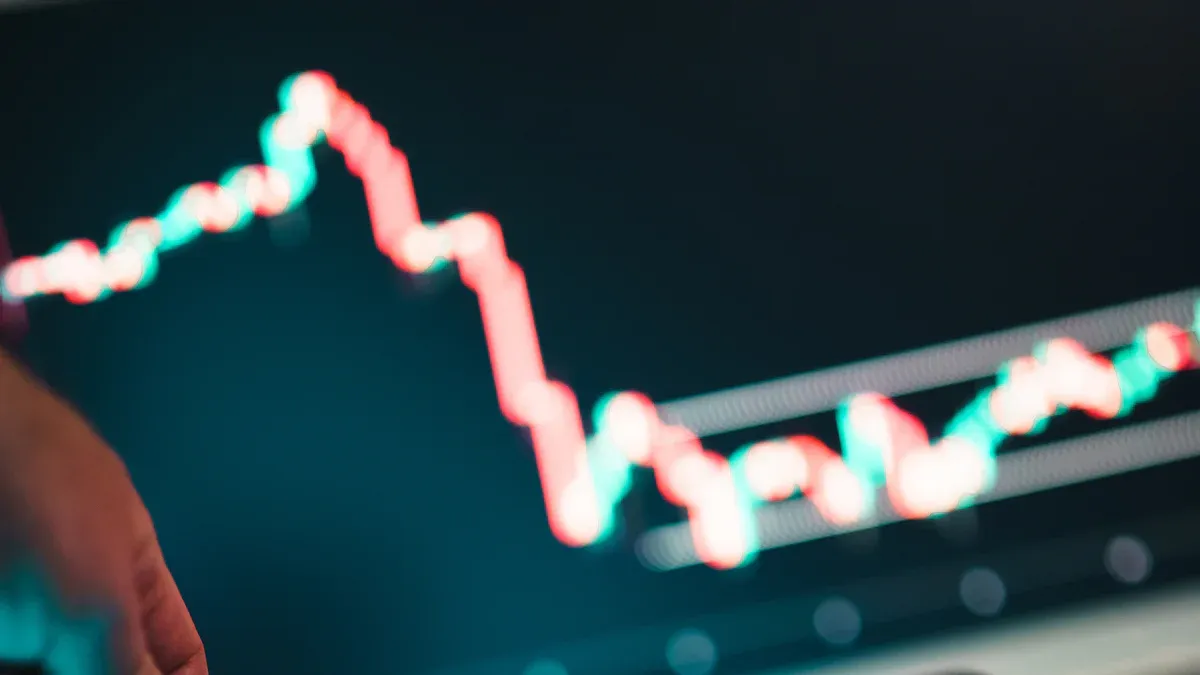
Image Source: pexels
After mastering the operation process, you also need to learn to identify and avoid risks. According to FBI reports, cryptocurrency-related scams alone caused up to 9.3 billion USD in losses in 2024. Every transaction you make may face dual challenges of fund security and compliance.
Fund Security: Identify Theft and Scams
Scammers’ methods are endless; your vigilance is the best firewall. In addition to common phishing emails, you need to be particularly wary of the following two advanced scams.
This is an extremely covert scam. Scammers create a “fake address” very similar to your commonly used transfer address and then send you a zero-amount or very small USDT transaction. This fake address appears in your transaction history. When you transfer next time, if you accidentally copy this “poisoned” address from history, your funds go directly to the scammer.
Prevention Checklist:
- Never Copy Addresses from History: Develop the habit of obtaining addresses from trusted sources (such as directly provided by the counterparty or address book).
- Fully Verify Address: Before confirming transfer, check every character of the address one by one, not just the beginning and end.
- Use Address Book Function: Save commonly used and verified recipient addresses in the wallet’s address book to eliminate copy errors from the source.
2. Fake Tools and Malicious Contracts
Scammers also create fake tool websites or apps to steal your assets.
| Scam Name | “Fake USDT Wallet Checker” |
|---|---|
| Disguise | An online tool claiming to check your wallet security |
| Trap | Induces you to connect your wallet and sign a seemingly harmless authorization contract |
| Consequence | Scammers gain authorization to transfer all USDT from your wallet at any time |
Such scams exploit your concern for asset security. Remember, any third-party tool requiring you to sign unknown contracts is extremely dangerous.
Compliance Risk: Stay Away from “Black USDT” and Regulatory Red Lines
The USDT you receive is not inherently safe. USDT originating from online gambling, scams, or other illegal activities is called “black USDT.” Once your wallet address is associated with “black USDT,” it may be frozen by exchanges or even attract investigations from law enforcement.
Global regulators are tightening cryptocurrency oversight. For example, the US Treasury has clearly required stablecoin issuers and trading platforms to comply with strict anti-money laundering (AML) and counter-terrorist financing (CFT) regulations. This means every stablecoin USDT international payment transaction you make is under regulatory scrutiny.
To protect yourself, you need to proactively take measures:
- Choose Platforms with Risk Control Capabilities: Prioritize exchanges or payment apps integrated with professional AML tools. For example, solutions provided by security companies like SlowMist can analyze on-chain data in real time to identify and mark risk addresses related to illegal activities, helping platforms intercept “black USDT” inflows.
- Avoid Suspicious Low-Price Transactions: In the C2C market, if a merchant’s USDT price is far below market price, this is likely a “black USDT” signal. Do not risk huge dangers for small gains.
By understanding and avoiding these traps, you can truly make stablecoins a safe and efficient payment tool.
To safely use USDT, remember this core security checklist:
- ✅ Choose top compliant platforms and enable two-factor authentication (2FA).
- ✅ Never leak private keys; double-check address and network before transfer.
- ✅ Prioritize high-reputation C2C merchants.
- ✅ Regularly monitor reserve reports from issuers like Tether; excess reserves are a guarantee of confidence.
Looking ahead, the Financial Stability Board (FSB) is promoting the “same activity, same risk, same regulation” global framework. Although USDT still dominates in the 2025 market share forecast, you need to stay vigilant about market changes.
Technology itself is neutral. Only by mastering the correct usage methods can stablecoins become your safe and efficient payment tool, not a source of risk.
FAQ
What If I Accidentally Send USDT to the Wrong Address?
Blockchain transfers cannot be revoked. After sending to the wrong address, funds are usually permanently lost. Therefore, you must repeatedly verify the address and conduct small test transfers first. This is one of the most important habits to protect your assets.
Why Do USDT Transfer Fees Vary?
Transfer fees (miner fees) depend on network congestion. When many people use a network simultaneously, fees rise. You can choose to transfer during less busy network times or use lower-fee networks like BEP-20 to save costs.
Will My USDT Assets Be Frozen?
Yes. If your USDT address is associated with illegal activities, issuer Tether has the right to freeze it. Exchanges may also freeze your account if suspicious transactions are detected (e.g., receiving “black USDT”). Therefore, always trade through compliant channels.
Is Using USDT for Receipts and Payments Legal in Mainland China?
Mainland China has strict regulatory policies on virtual currencies. Using USDT for payments may face significant compliance risks. You must understand and comply with all local laws and regulations on your own to avoid crossing regulatory red lines.
*This article is provided for general information purposes and does not constitute legal, tax or other professional advice from BiyaPay or its subsidiaries and its affiliates, and it is not intended as a substitute for obtaining advice from a financial advisor or any other professional.
We make no representations, warranties or warranties, express or implied, as to the accuracy, completeness or timeliness of the contents of this publication.
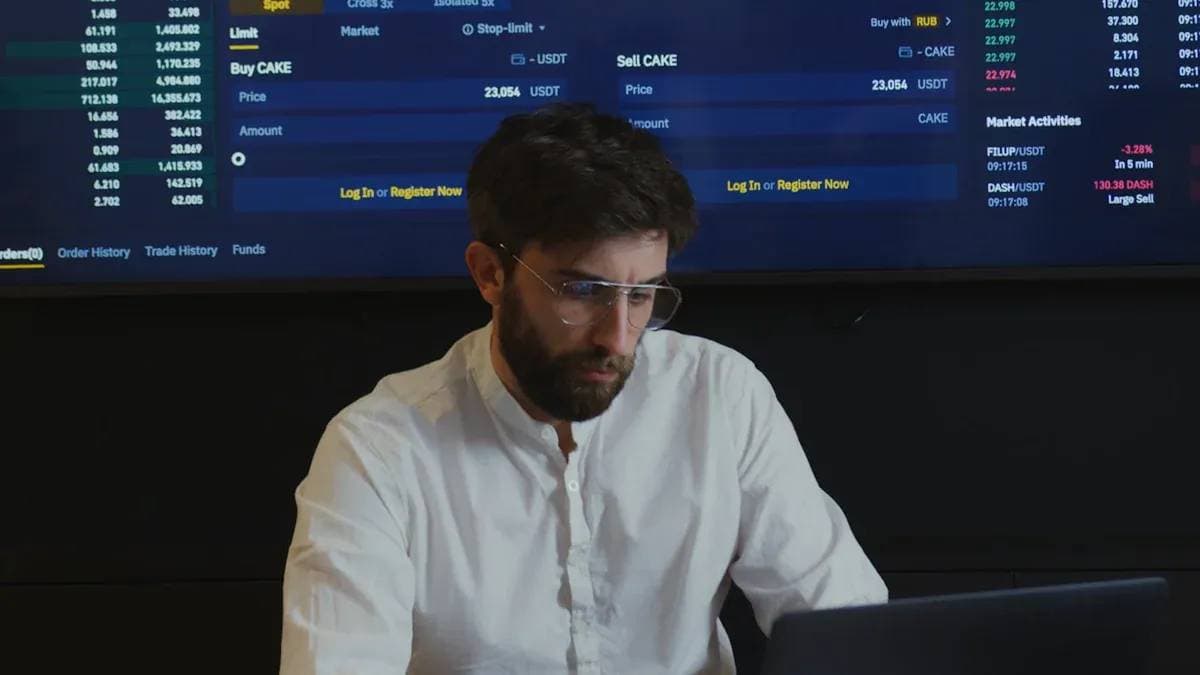

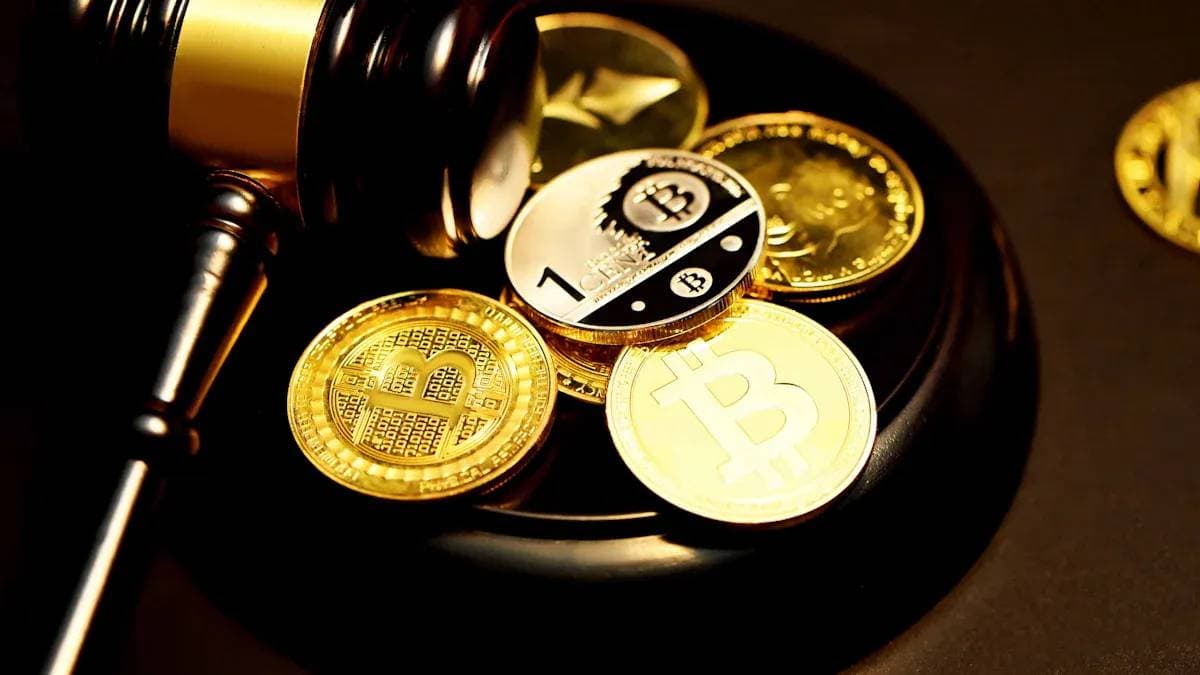
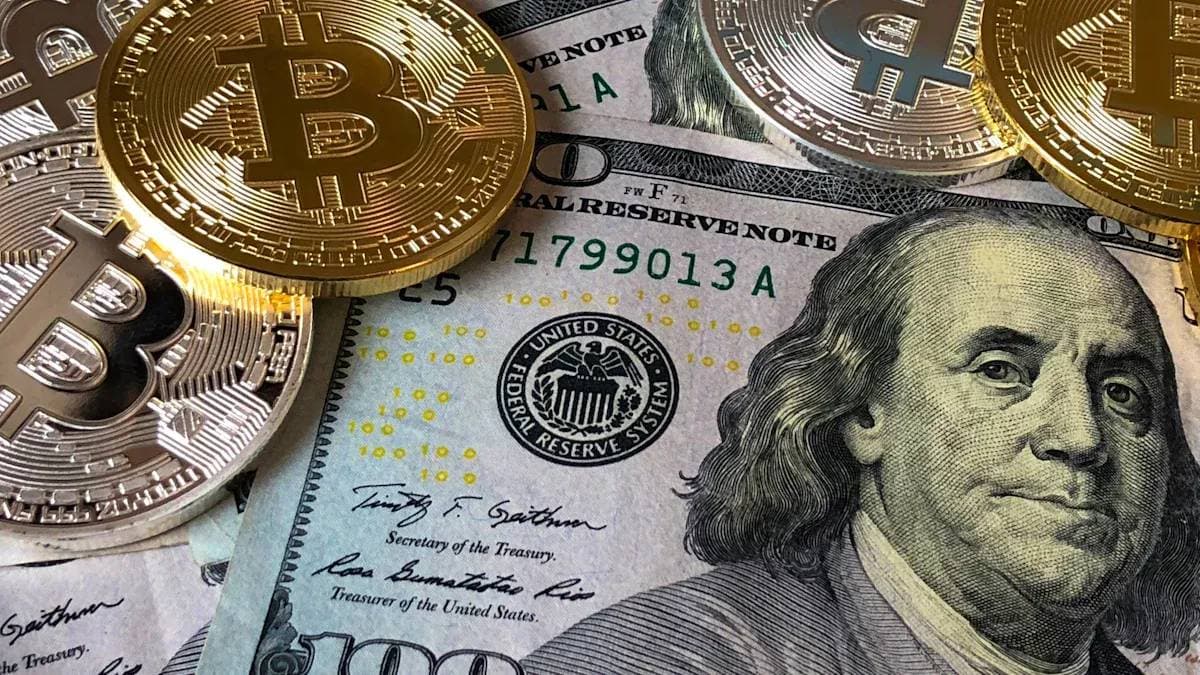
Contact Us
Company and Team
BiyaPay Products
Customer Services
BIYA GLOBAL LLC is a licensed entity registered with the U.S. Securities and Exchange Commission (SEC No.: 802-127417); a certified member of the Financial Industry Regulatory Authority (FINRA) (Central Registration Depository CRD No.: 325027); regulated by the Financial Industry Regulatory Authority (FINRA) and the U.S. Securities and Exchange Commission (SEC).
BIYA GLOBAL LLC is registered with the Financial Crimes Enforcement Network (FinCEN), an agency under the U.S. Department of the Treasury, as a Money Services Business (MSB), with registration number 31000218637349, and regulated by the Financial Crimes Enforcement Network (FinCEN).
BIYA GLOBAL LIMITED is a registered Financial Service Provider (FSP) in New Zealand, with registration number FSP1007221, and is also a registered member of the Financial Services Complaints Limited (FSCL), an independent dispute resolution scheme in New Zealand.



















